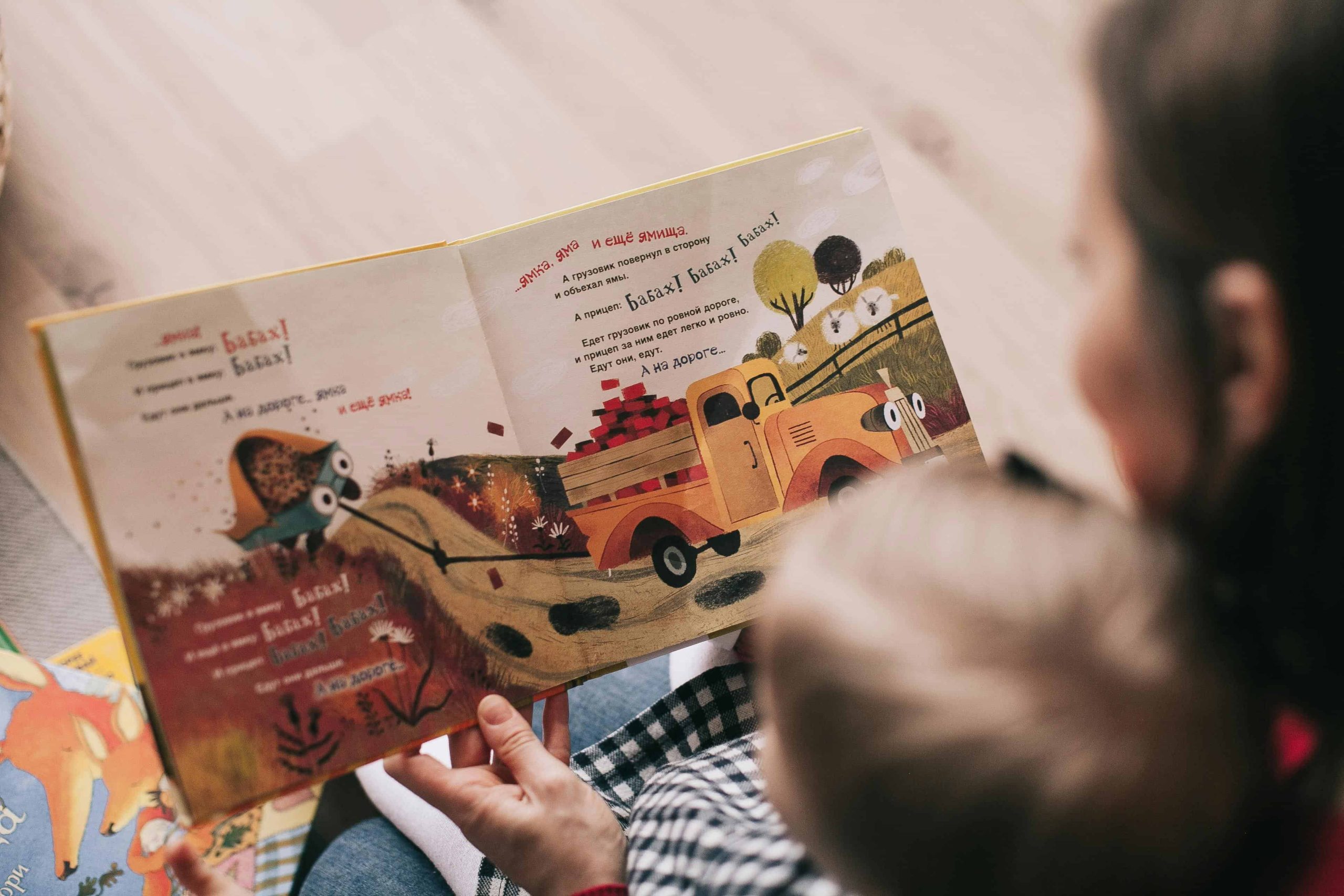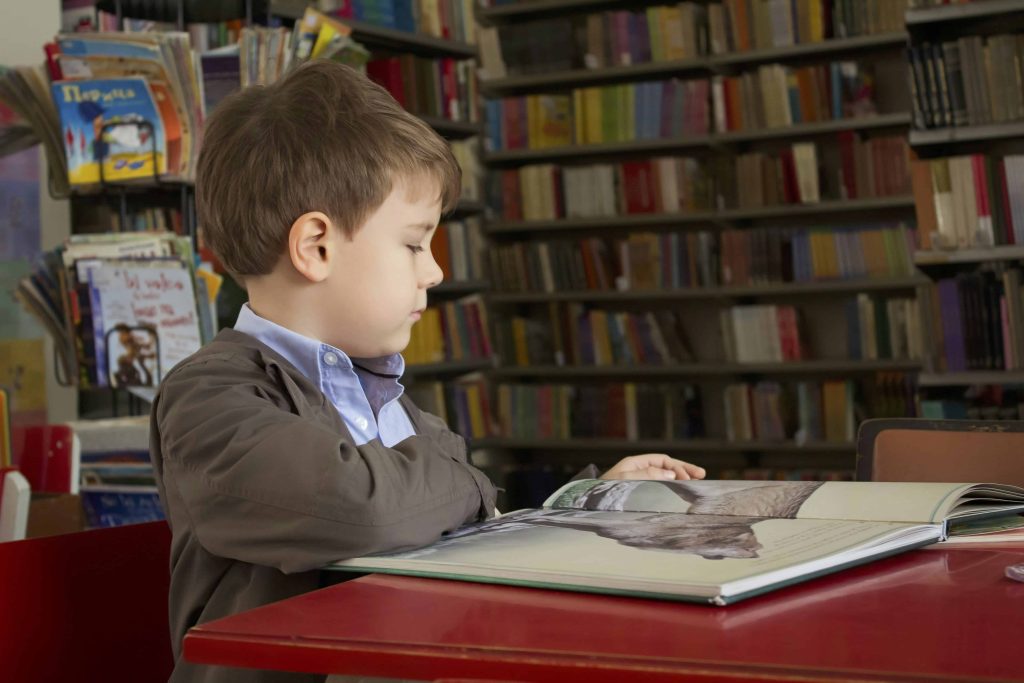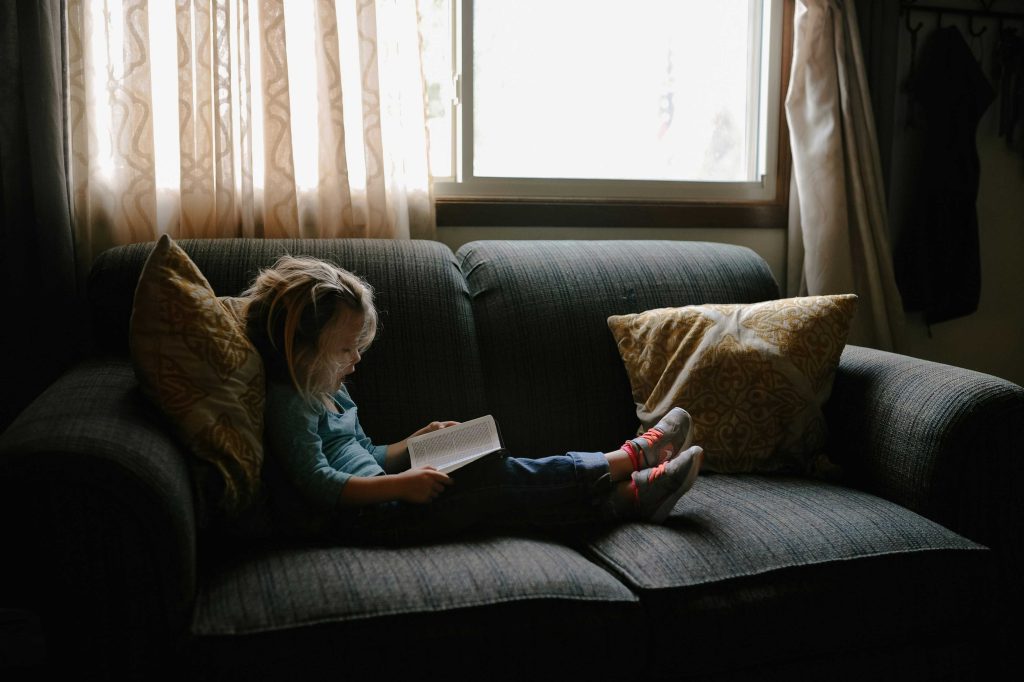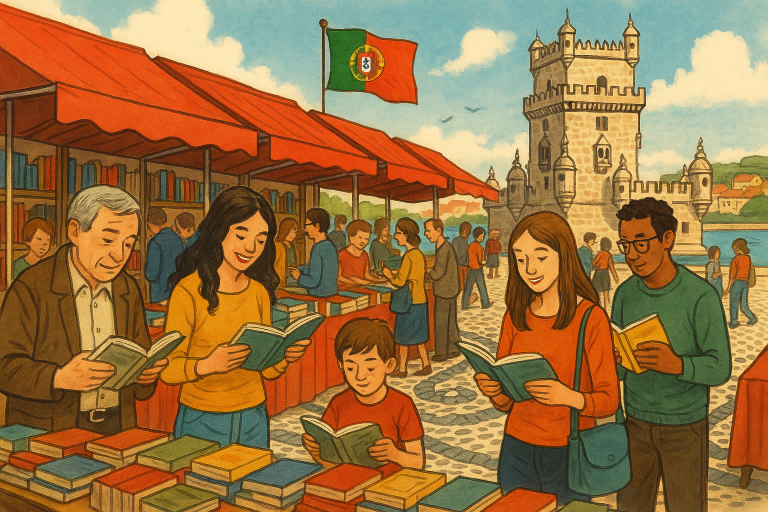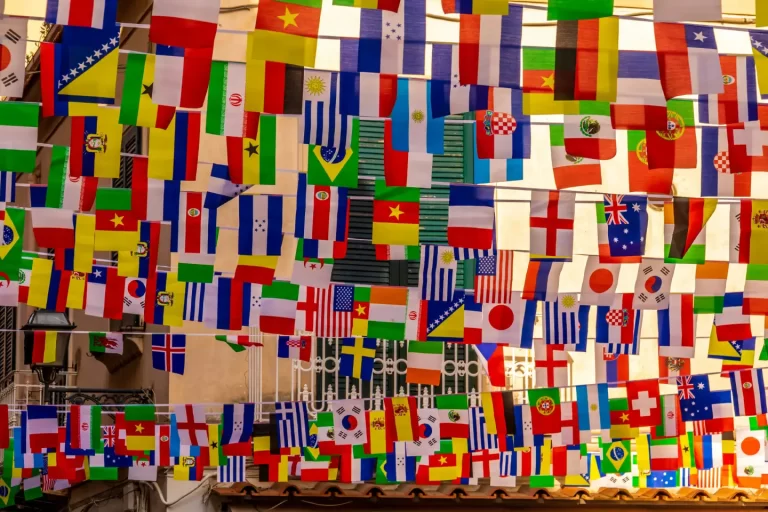Key Authors in Portuguese Children’s Literature: A Historical Journey
In the enchanting realm of children’s literature, stories wield a profound influence, shaping young minds and instilling values that last a lifetime. Portugal boasts a vibrant tradition of children’s literature, where imagination flourishes and tales come alive. Let’s embark on a journey through the pages of time to explore the key authors who have woven magic into the fabric of Portuguese storytelling.
Early Pioneering Authors
Portuguese children’s literature stands as a testament to the enduring legacy of visionary authors who dared to dream. Sophia de Mello Breyner Andresen, a luminary in this realm, left an indelible mark with her iconic work, “A Fada Oriana” (The Fairy Oriana). This timeless classic not only captivated young minds but also served as a guiding light, inspiring future generations of storytellers to explore the depths of imagination and creativity.
Mid-20th Century Developments
As Portugal traversed through the mid-20th century, children’s literature evolved in tandem with the societal shifts of the time. Authors like Matilde Rosa Araújo, known for her fantastical stories like “O Gato Dourado” (The Golden Cat) and “O Palhaco Verde” (The Green Cow), transported young readers to magical realms. Álvaro Magalhães, another prominent author, captivated audiences with his adventurous narratives in works like “Reino Perdido” (Lost Kingdom) and “Enquanto a Cidade Dorme” (While the City Sleeps). These authors skillfully intertwined fantasy with reality, offering young readers glimpses into the changing social and cultural landscape of Portugal.
Contemporary Voices in Portuguese Children's Literature
In the bustling landscape of contemporary Portuguese children’s literature, new voices emerge, weaving tales that resonate with today’s youth. Sophia de Mello Breyner Andresen captures the spirit of modernity in “O Rapaz de Bronze,” a poignant exploration of identity and belonging. Likewise, Nuno Caravela invites readers on an exhilarating journey with “O Bando das Cavernas,” igniting imaginations and fostering a love for adventure. These authors infuse fresh perspectives and innovative storytelling techniques, ensuring that Portuguese children’s literature remains vibrant and relevant in the digital age.
Conclusion
In tracing the historical trajectory of Portuguese children’s literature, it becomes evident that its richness and vitality stem from the visionary contributions of key authors across different eras. From the pioneering works of Sophia de Mello Breyner Andresen to the mid-20th century developments marked by Matilde Rosa Araújo and Álvaro Magalhães, and further to the contemporary voices exemplified by Nuno Caravela, each epoch has seen authors weaving intricate narratives that not only entertain but also enlighten and inspire young minds. As we conclude this journey, it’s apparent that Portuguese children’s literature, with its timeless tales and evolving voices, continues to enchant and shape generations, ensuring a vibrant literary legacy for the future.
From dystopian futures to mind-bending speculative fiction, uncover the diverse narratives woven by Portuguese sci-fi luminaries.

